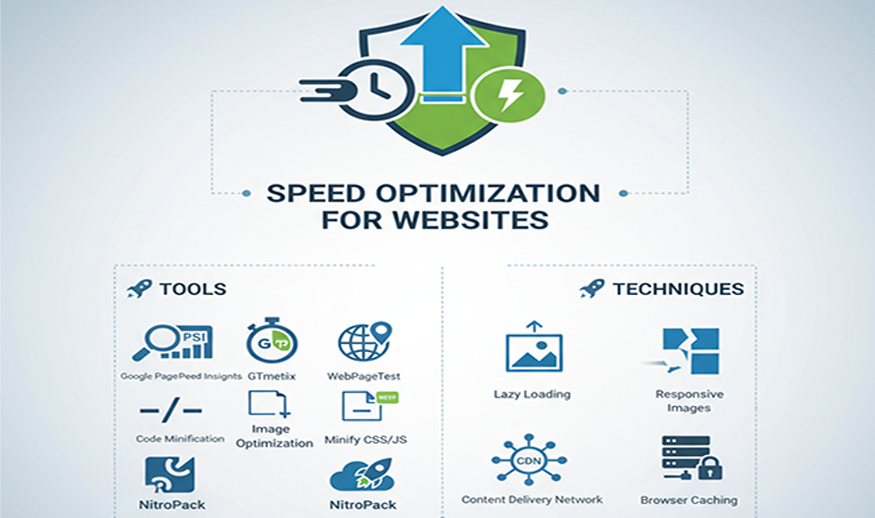
Best Practices for Responsive Web Design
Best practices for responsive web design involve creating a single website that can adapt to any screen size, providing an optimal viewing experience for every user. Beyond the foundational principles of fluid grids and media queries, modern techniques focus on performance, accessibility, and intuitive interaction across diverse devices.
Foundational practices
- Embrace a mobile-first mindset. Start designing for the smallest screen and progressively enhance for larger ones. This forces you to prioritize essential content and functionality, resulting in a cleaner, faster-loading experience for all users.
- Use fluid grids and flexible images. Instead of fixed pixel values, use relative units like percentages, em, or rem for element widths. For images, set max-width: 100% and height: auto to ensure they scale proportionally within their containers without causing layout issues.
- Prioritize content-driven breakpoints. Rather than targeting specific device sizes (like "iPad mini"), set breakpoints where the layout naturally breaks or becomes difficult to read. Test your design by resizing the browser to find these crucial inflection points.
Advanced and modern techniques
- Use CSS Flexbox and Grid. These powerful layout modules offer advanced control over spacing, alignment, and distribution of elements, making it easier to create complex and adaptable designs.
- Implement responsive images for performance. Use HTML attributes like srcset and sizes with the <picture> element to serve different image versions based on the user's screen size and resolution. This prevents mobile users from downloading unnecessarily large files, significantly improving page speed.
- Adopt container queries. Unlike traditional media queries that target the viewport, container queries apply styles based on the size of the parent container. This makes components more reusable and independent of the overall page layout.
- Ensure touch-friendly design. On touch devices, interactive elements like buttons and links must be large enough to be easily tapped with a finger. A minimum touch target size of 48x48 pixels is recommended to improve usability.
- Create accessible experiences. Design with all users in mind by using proper semantic HTML, ensuring high color contrast, and providing keyboard navigability. An accessible design benefits everyone and can also improve your SEO.
